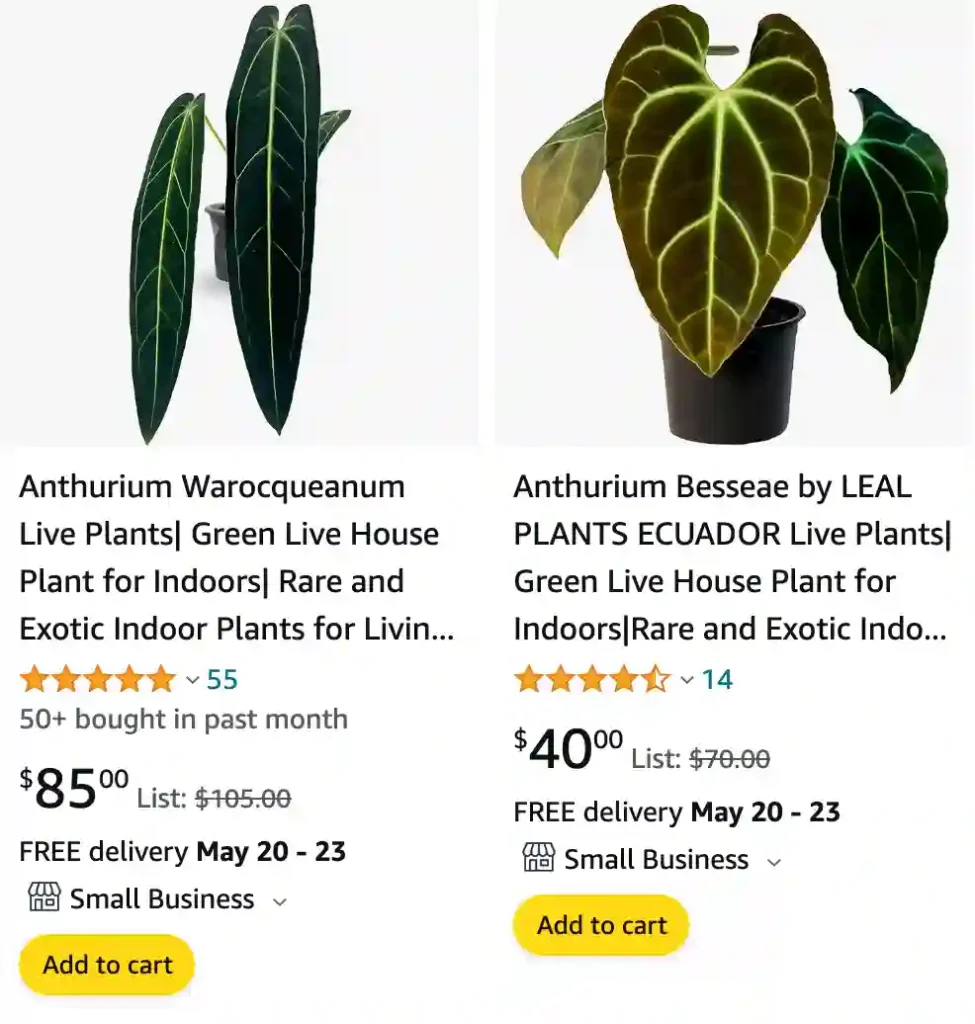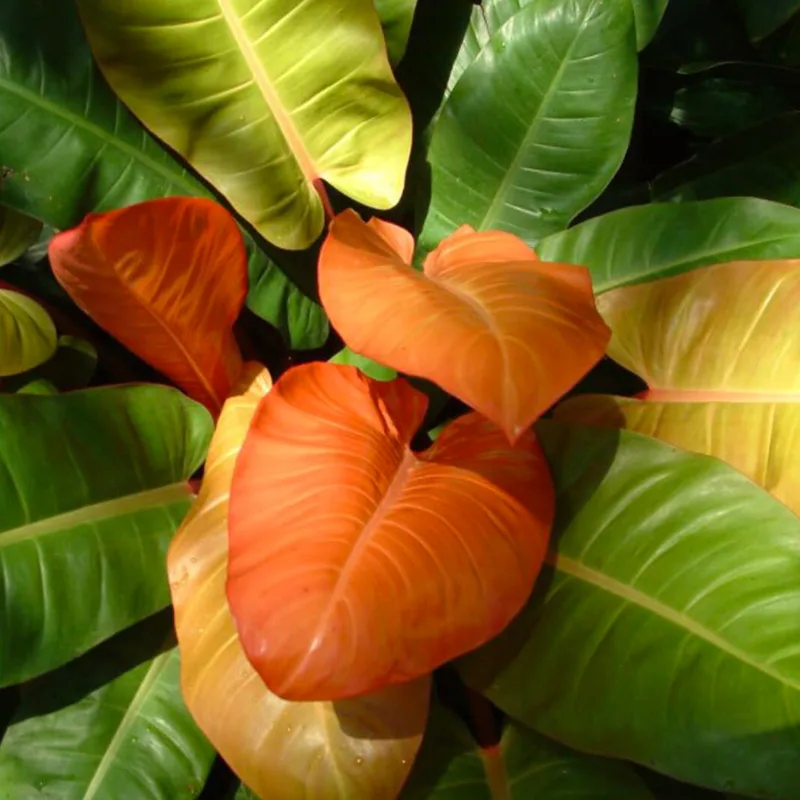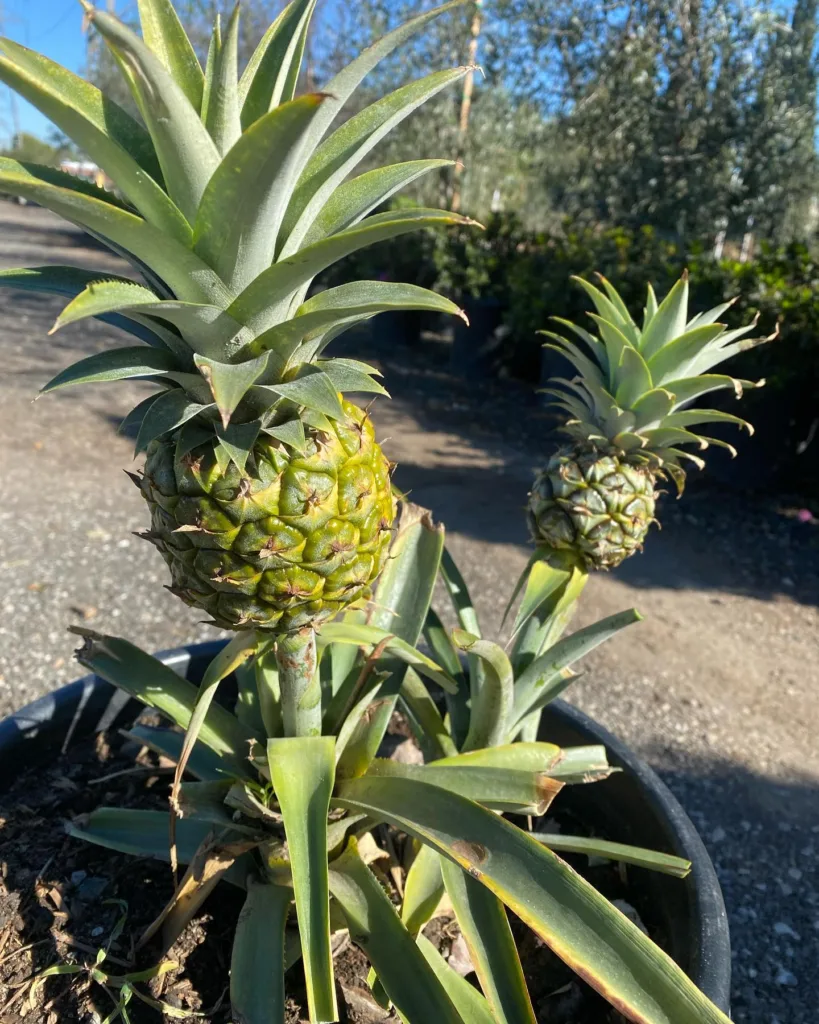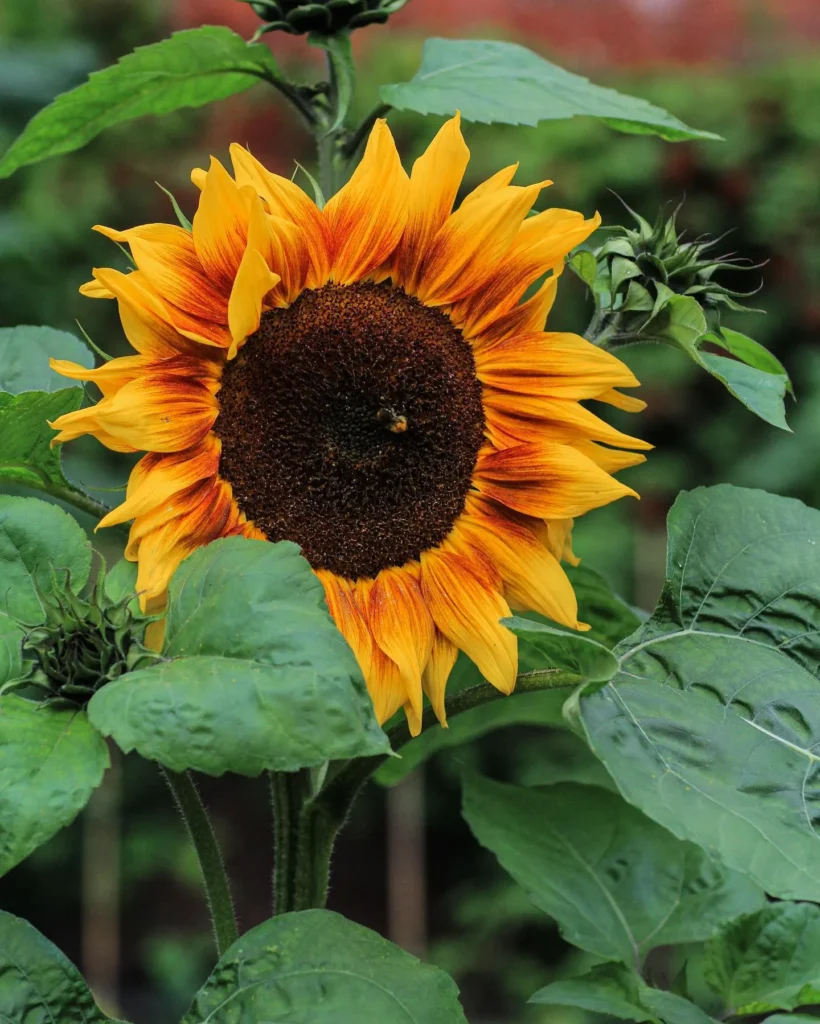
Top 100 Gift Ideas For Plant Lovers 2024
Is anthurium toxic to cats?
Absolutely not! Those beautiful anthurium flowers in my living room were a mistake as far as my feline friend, Luna, is concerned. They look so innocent, but apparently every part of the anthurium plant is toxic to cats. This includes the pretty blooms, the shiny leaves, and even the stem. And Luna, bless her curious heart, was determined to give them a nibble.
After a quick online search, I learned that these plants contain calcium oxalate crystals, which can irritate their mouth and digestive system. No way was I risking Luna’s health for a pretty flower! All my plants are now up on high shelves, well out of her paw-reach. I even got her a scratching post shaped like a cactus to redirect her love of all things leafy. Live plants and curious cats can be a tricky combination, but I wouldn’t trade either of them!
How often to water anthurium?
I find watering my anthurium a bit of a balancing act. These tropical beauties like some moisture, but their roots are sensitive to getting soggy. I’ve learned to water it about once a week, but I always check the soil first. Ideally, the top inch or two should feel dry before I give it another drink. During the warmer months, when it’s actively growing, I might water a little more frequently. But come winter, I’m cautious and let it dry out a bit more between waterings. I’ve even gotten into the habit of using my finger to check the moisture deep down in the pot, just to be sure! It seems to be happy with this routine, rewarding me with its gorgeous, cheerful blooms.

How long do anthurium plants live?
My anthurium always looks so cheerful, and I hope to enjoy its bright blooms for a long time to come! Apparently, with proper care, anthuriums can live for several years. Some sources even say they can thrive for five years or more. That’s good news! Of course, their lifespan depends on factors like whether they’re grown indoors or outside, light levels, and how consistent I am with their care. I’m determined to do my best and keep mine flourishing.
How to get anthurium to bloom?
My anthurium used to be so reliable with its beautiful blooms, but lately, it’s been all leaves and no flowers. I miss those vibrant pops of color! I know a few factors can influence its blooming cycle, and I’m going to give mine a bit of an audit. First, light – anthuriums prefer bright, indirect sunlight. I might need to move it closer to a window. Then, fertilizer; a balanced fertilizer every few months during the growing season can encourage flowering. Perhaps my anthurium is also a bit rootbound! It might be time to repot it into a slightly bigger container to give it more space. With a little extra attention, I hope to bring those stunning blooms back!
How to repot anthurium?
I think my anthurium has outgrown its current pot, and it’s showing! The roots are starting to peek out from the drainage holes, and it seems to dry out quickly. It’s time for a repotting session! I’ll gather a pot just one or two sizes larger than the current one, fresh potting soil, and get ready to make a little mess. Repotting can be a bit stressful for the plant, so I’ll be gentle. First, I’ll carefully ease it out of the old pot, being mindful of the delicate roots. I might need to trim off any that seem rotten or damaged. Then, I’ll partially fill the new pot with soil, center the anthurium, and backfill the rest. A good watering will help settle everything in. Hopefully, the extra space will give those roots a chance to breathe and encourage lush new growth!
Are anthuriums toxic to dogs?
Yes, I learned the hard way that beautiful anthurium plants are unfortunately toxic to dogs. My playful pup, Max, decided my cheerful red anthurium looked like an exciting chew toy. I panicked when I saw him gnawing on a leaf! Apparently, those pretty flowers contain calcium oxalate crystals which can cause severe irritation to a dog’s mouth, throat, and digestive system. Luckily, after a quick call to the vet and some careful monitoring, Max was fine. But now, all of my houseplants are safely out of his reach. I don’t want to take any chances with him!
Why is my anthurium leaves turning yellow?
Oh no, yellowing leaves on my anthurium aren’t a good sign! There are a few things that could be causing it, and I need to figure it out to get my happy plant back on track. Overwatering is a common culprit. I know I should always check the soil before watering, but maybe I got a little overzealous lately. If the soil feels soggy or the roots look mushy, that’s probably the problem. I’ll need to ease off on the watering and let the soil dry out completely between drinks.
On the other hand, underwatering can also make the leaves yellow. Anthuriums like consistent moisture, so maybe I let it get too dry unintentionally. Sticking my finger in the soil to check feels a lot more reliable than just eyeballing it! Finding the perfect watering balance can be tricky, but hopefully with some attention, I can get it figured out.
How big does anthurium get?
I love how those cheerful anthurium flowers brighten up my space, and I’m curious how big my plant might get over time! The size really depends on the specific variety. Some cultivars are quite compact, staying under a foot tall, while larger varieties can reach up to a few feet in height, especially when grown outdoors in their natural tropical habitats. My indoor anthurium seems to be pretty happy in its current pot, so I suspect it’s a smaller type. Still, it’s fun to imagine it growing into a lush, full plant and gracing my home with blooms for years to come.
Do anthuriums like to be root bound?
While anthuriums can tolerate a bit of rootbound-ness, they still perform best with a little space. They’ll let me know when their roots are getting too squished! Signs like stunted growth, leaves turning yellow, or roots trying to escape from the pot mean it’s time to repot. Generally, I find that anthuriums perform best when repotted every 2-3 years or when I notice them becoming overcrowded in their current container. Fresh soil and slightly more space give their roots room to thrive and encourage healthy new growth and stunning blooms.
Do anthuriums need sunlight?
Absolutely! Anthuriums thrive in bright, indirect sunlight. Imagine their natural habitat – a tropical rainforest floor with sunlight dappled through the leaves of taller trees. That’s what I aim to recreate indoors! A spot near a sunny window, but protected from harsh, direct rays that can burn their leaves, is perfect. I’ve noticed when my anthurium gets enough light, its leaves are a lush, vibrant green, and it blooms more generously. Too little light can cause stunted growth and fewer of those stunning, waxy flowers. Finding the perfect sunny spot has been key to keeping my anthurium happy and blooming.
What fertilizer to use for anthurium?
To keep my anthurium blooming beautifully, I know some fertilizer will help! I go for a balanced fertilizer, like a 20-20-20 mixture, which means it contains equal parts nitrogen, phosphorus, and potassium. This promotes healthy foliage, root development, and those stunning blooms. Fertilizing during the growing season (spring and summer) is best – I dilute the fertilizer according to the instructions on the label and give it to my anthurium about every two weeks. During the winter, when growth is slower, I hold off on the fertilizer altogether. A little boost goes a long way in keeping my anthurium thriving!



